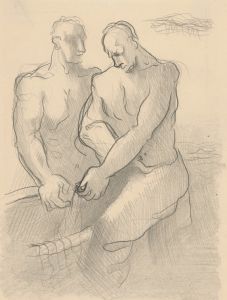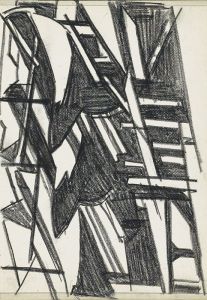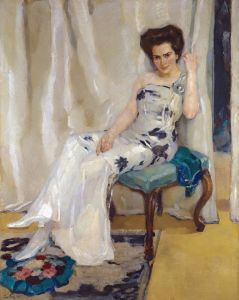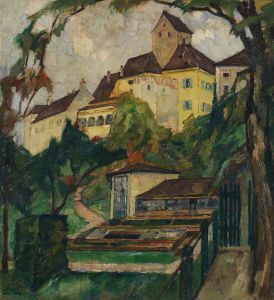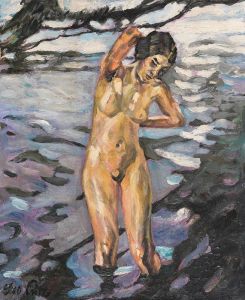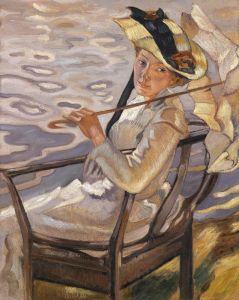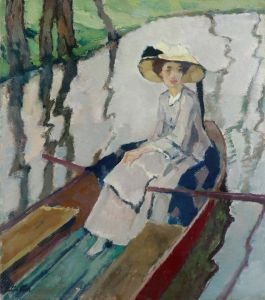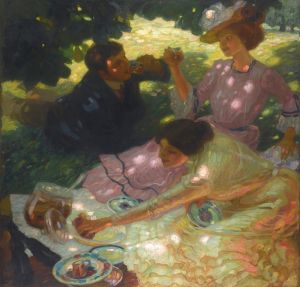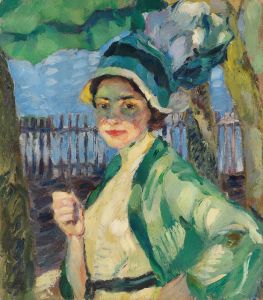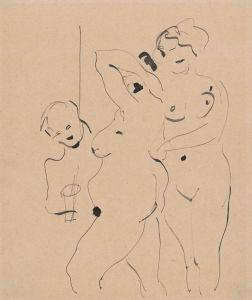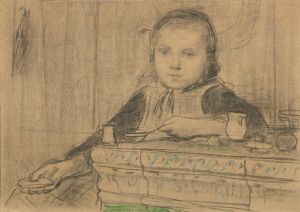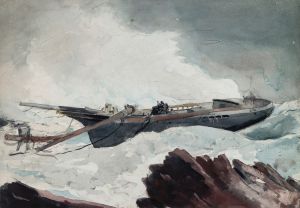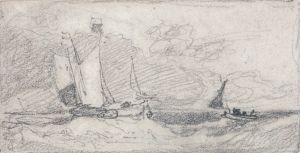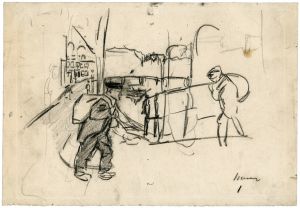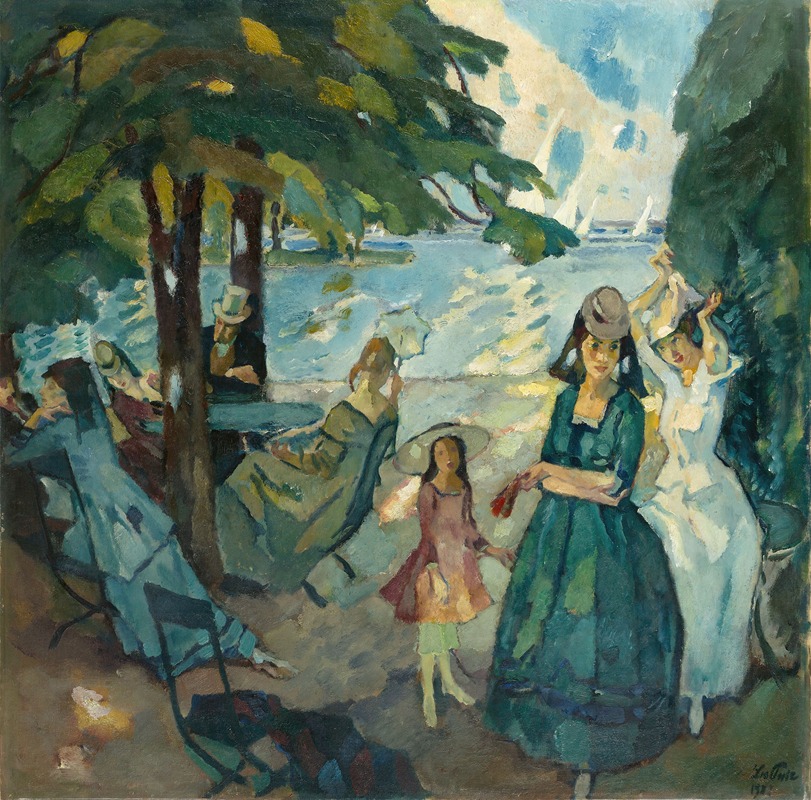
Regatta
A hand-painted replica of Leo Putz’s masterpiece Regatta, meticulously crafted by professional artists to capture the true essence of the original. Each piece is created with museum-quality canvas and rare mineral pigments, carefully painted by experienced artists with delicate brushstrokes and rich, layered colors to perfectly recreate the texture of the original artwork. Unlike machine-printed reproductions, this hand-painted version brings the painting to life, infused with the artist’s emotions and skill in every stroke. Whether for personal collection or home decoration, it instantly elevates the artistic atmosphere of any space.
Leo Putz was a prominent artist known for his contributions to the Impressionist and Art Nouveau movements. Born in 1869 in Merano, which was then part of the Austro-Hungarian Empire, Putz developed a distinctive style that combined elements of Impressionism with a unique sense of color and form. He studied at the Academy of Fine Arts in Munich and was influenced by the vibrant art scene in Germany during the late 19th and early 20th centuries.
One of Putz's notable works is "Regatta," a painting that exemplifies his mastery of light and movement. Although specific details about the painting "Regatta" are limited, it is consistent with Putz's thematic focus on leisure and the natural world. His works often depicted scenes of people engaging in outdoor activities, capturing the essence of early 20th-century European society.
"Regatta" likely portrays a scene of a boat race, a popular subject in art that symbolizes both competition and the leisurely pursuits of the upper classes during that era. Putz's ability to convey the dynamism of a regatta would have been enhanced by his Impressionist technique, which often involved loose brushwork and a vibrant palette. This approach allowed him to capture the fleeting effects of light on water and the movement of boats and figures, creating a sense of immediacy and vitality.
Putz was a member of the Munich Secession, an art movement that sought to break away from traditional academic art and promote modernist approaches. This affiliation is reflected in his work, which often challenged conventional compositions and embraced a more fluid and expressive style. His paintings, including "Regatta," demonstrate a keen interest in the interplay between humans and their environment, a theme that resonated with the broader Art Nouveau movement's focus on natural forms and organic lines.
Throughout his career, Putz traveled extensively, which influenced his artistic development. His time in places like Dachau and the Bavarian countryside provided him with ample inspiration for his landscapes and genre scenes. The natural beauty of these regions is often reflected in his work, including his depictions of water and outdoor activities.
Putz's contribution to art extends beyond his paintings. He was also a respected teacher and mentor, influencing a generation of artists who followed in his footsteps. His legacy is preserved in various art collections and museums, where his works continue to be appreciated for their technical skill and aesthetic appeal.
In summary, while specific information about the painting "Regatta" by Leo Putz is limited, it can be understood within the context of his broader body of work. Putz's paintings are celebrated for their vibrant depiction of light and movement, capturing the essence of early 20th-century leisure activities. His affiliation with the Munich Secession and his travels throughout Europe played a significant role in shaping his artistic vision, making him a notable figure in the history of modern art.





